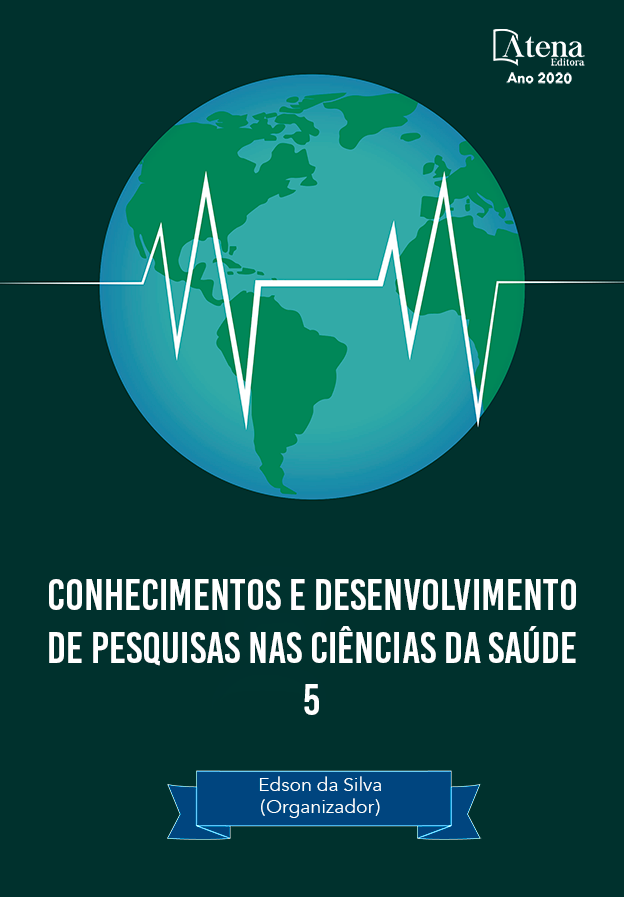
UMA AVALIAÇÃO DA APRENDIZAGEM SOBRE RADIOPROTEÇÃO APÓS O ACIDENTE DE GOIÂNIA; AN ASSESSMENT OF LEARNING ABOUT RADIATION PROTECTION AFTER THE ACCIDENT OF GOIÂNIA
Um acidente radiológico, geralmente, acaba por trazer danos à sociedade. O acidente de Goiânia, que completou 30 anos em 2017, não poderia ser diferente. Porém, a polissemia do termo “acidente”, que normalmente remete à dano ou malefício, pode também levar à discussão de temas sociais, gerando assim conhecimento. Nesse contexto, o objetivo deste trabalho foi apresentar algumas contribuições para o aprendizado na área de radioproteção a partir deste acidente. No caso, foi realizada uma oficina temática, junto aos alunos do Curso de Especialização em Proteção
Radiológica e Segurança de Fontes Radioativas, oferecido conjuntamente pelo Instituto de Radioproteção e Dosimetria (IRD) e a Agência Internacional de Energia Atômica (AIEA), enfocando a atuação do IRD durante o acidente. Para isso, alguns professores do curso fizeram um depoimento sobre qual foi o maior legado do acidente para a área de radioproteção. A partir da análise dos discursos, foi realizada a oficina para discutir a relevância do acidente. Assim, procurou-se evidenciar o acidente radiológico como uma ferramenta de aprendizado no campo da ciência nuclear, abrindo espaço às discussões de um conhecimento mais amplo sobre as radiações ionizantes. Desta forma, não é possível negar o avanço tecnológico e nem renegar o aprendizado originado desta tragédia em solo brasileiro, entendendo-se que as investigações relativas a aspectos históricos da ciência acabam por levar à novas implicações no ensino de ciências.
UMA AVALIAÇÃO DA APRENDIZAGEM SOBRE RADIOPROTEÇÃO APÓS O ACIDENTE DE GOIÂNIA; AN ASSESSMENT OF LEARNING ABOUT RADIATION PROTECTION AFTER THE ACCIDENT OF GOIÂNIA
-
DOI: 10.22533/at.ed.75420241115
-
Palavras-chave: Acidente de Goiânia; Instituto de Radioproteção e Dosimetria; Lições Aprendidas
-
Keywords: Goiânia accident; Institute of Radiation Protection and Dosimetry; Lessons Learned
-
Abstract:
A radiological accident usually ends up causing damage to society. The Goiânia accident, which turned 30 in 2017, could not be different. However, the polysemy of the term “accident”, which usually refers to damage or harm, can also lead to the discussion of social issues, thus generating knowledge. In this context, the objective of this work was to present some contributions to learning in the area of radioprotection from this accident. In this case, a thematic workshop was held with students from the Specialization Course in Radiation Protection and Safety of Radioactive Sources, offered jointly by the Institute of Radiation Protection and Dosimetry (IRD) and the International Atomic Energy Agency (IAEA), focusing on the IRD's performance during the accident. For this, some teachers of the course made a statement about what was the greatest legacy of the accident for the area of radioprotection. From the analysis of the speeches, the workshop was held to discuss the relevance of the accident. Thus, an attempt was made to highlight the radiological accident as a learning tool in the field of nuclear science, opening space for discussions of a broader knowledge about ionizing radiation. In this way, it is not possible to deny technological advancement or to deny the learning originated from this tragedy on Brazilian soil, understanding that the investigations related to historical aspects of science end up leading to new implications in science teaching.
-
Número de páginas: 10
- LUIS CARLOS JANSEN
- FERNANDO BARCELLOS RAZUCK


